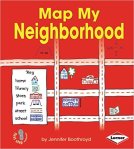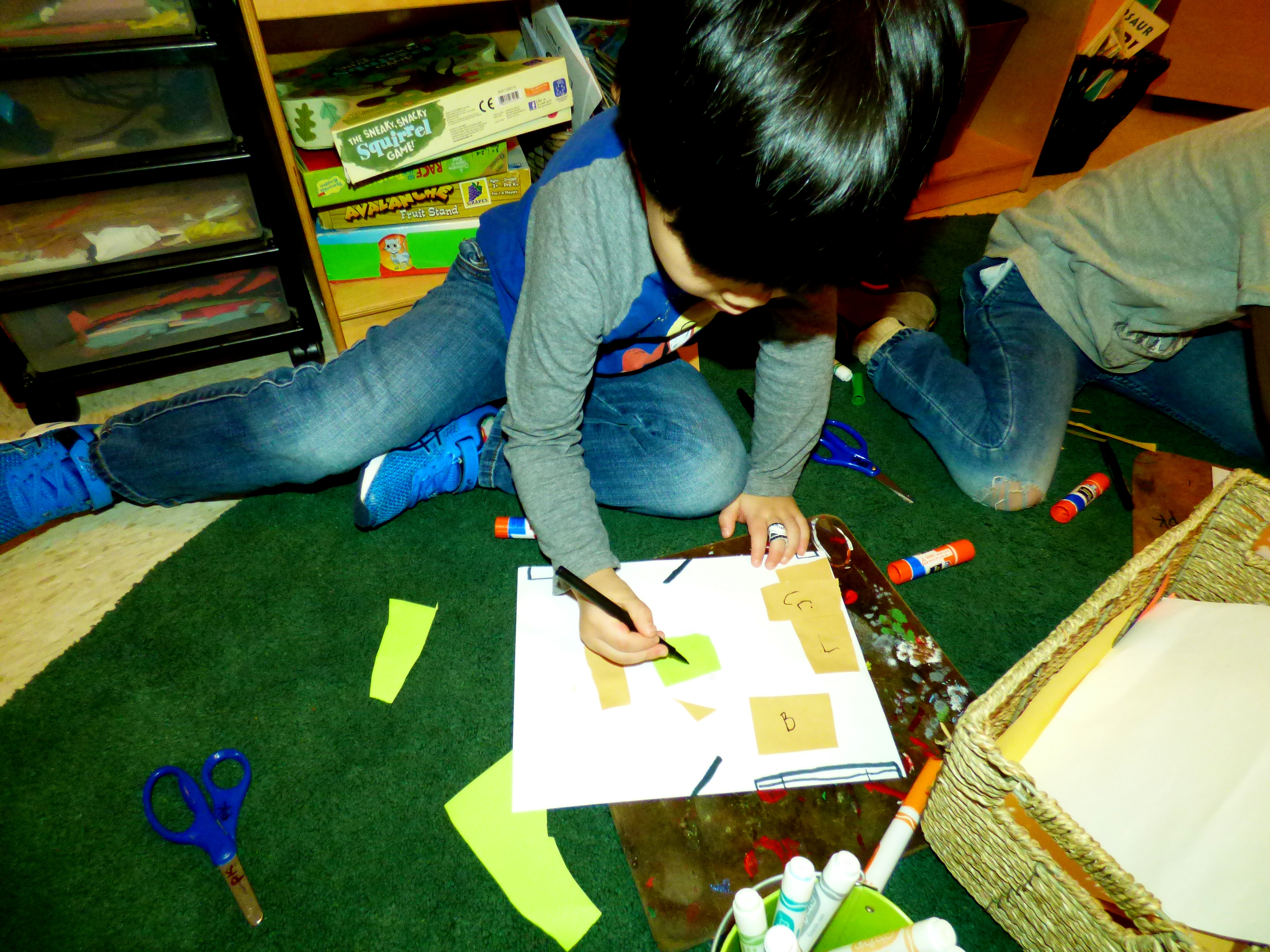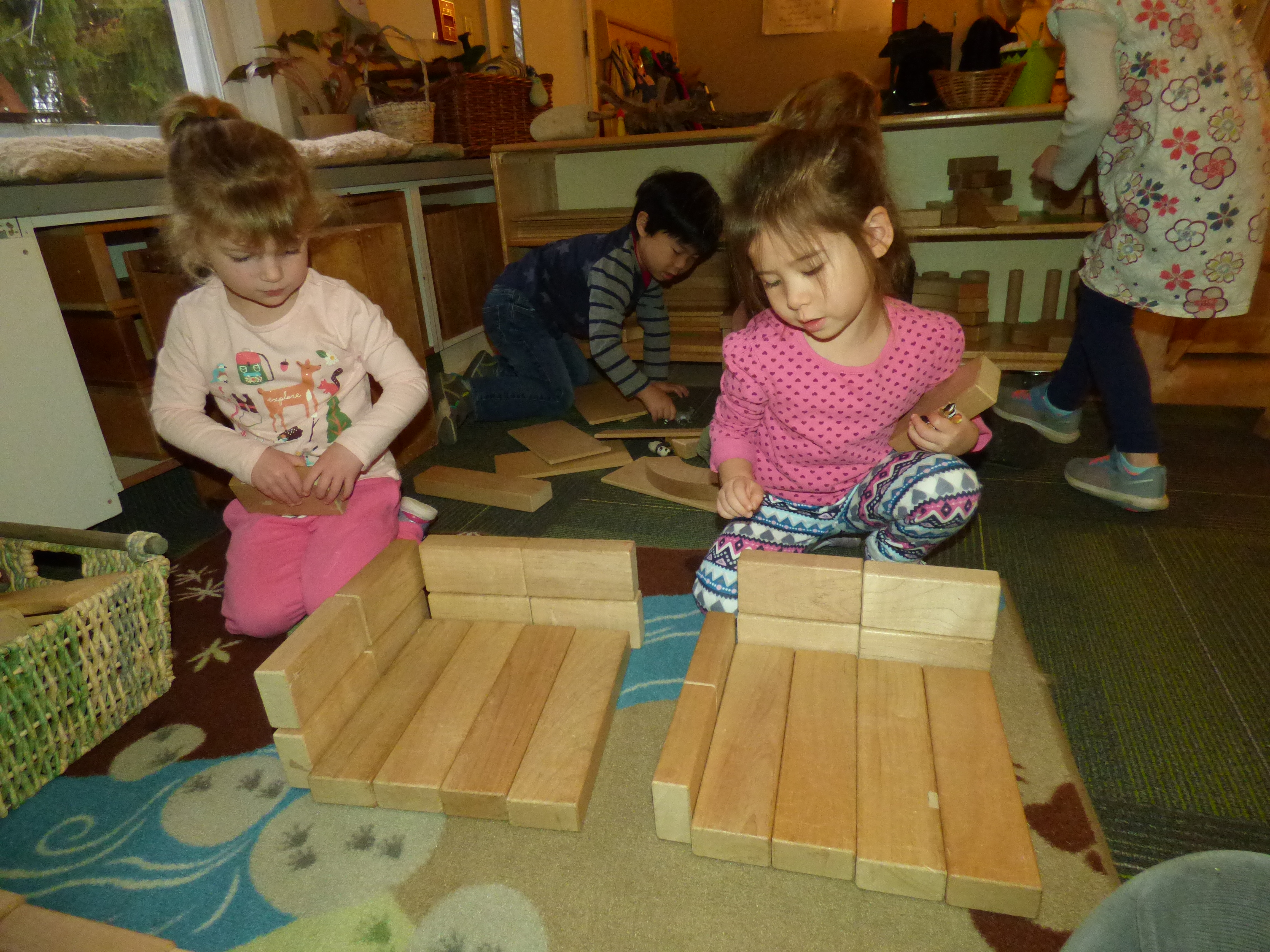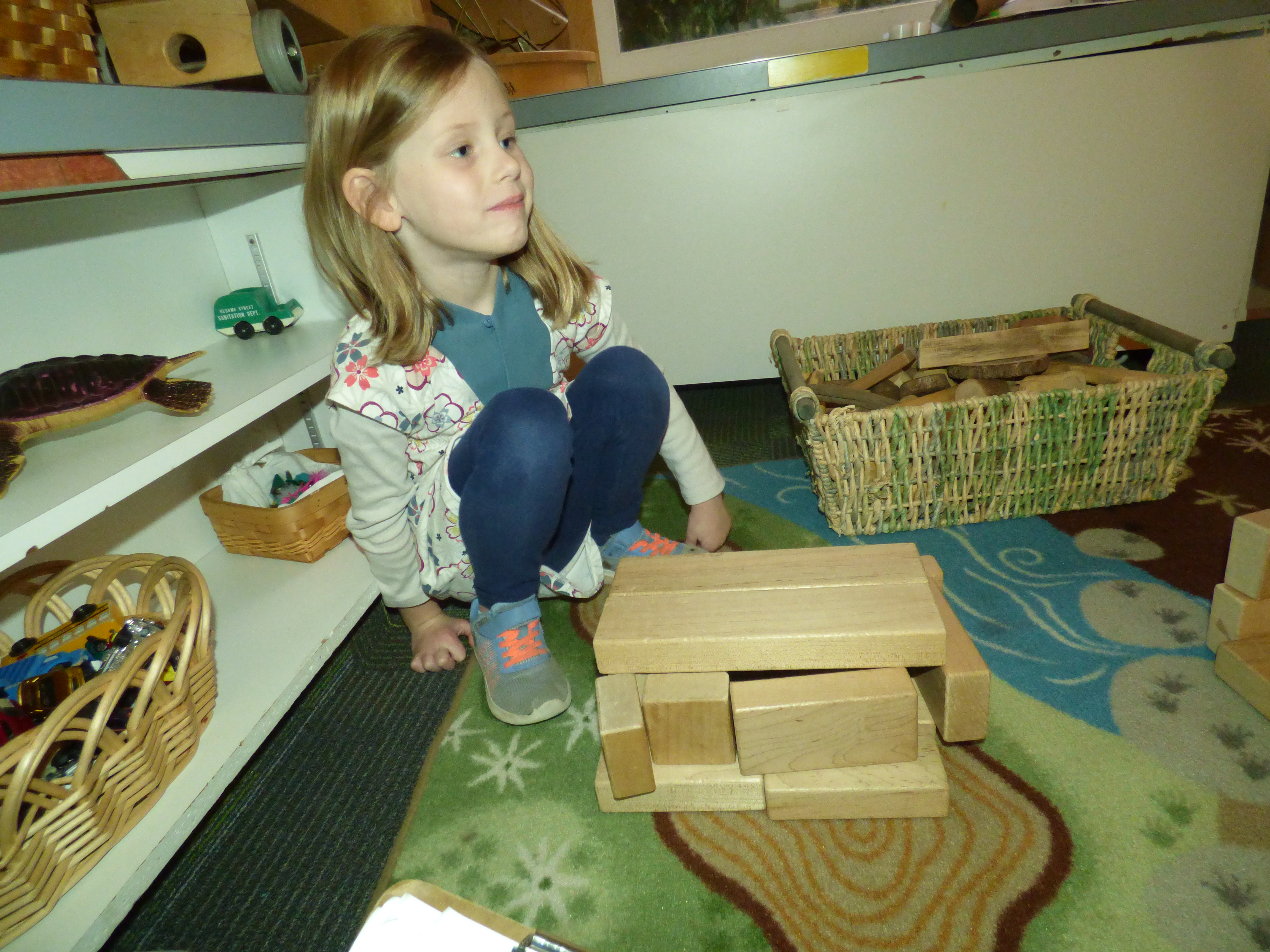We had the most perfect snow for our Forest 4s this past week!
[youtube https://www.youtube.com/watch?v=murFkEkVrC8&w=560&h=315]

We had the most perfect snow for our Forest 4s this past week!
[youtube https://www.youtube.com/watch?v=murFkEkVrC8&w=560&h=315]
Oh my! I can’t believe it’s this time of year already. We began creating stories for our script early in January and have now come down to what I think will be our final direction. This in no way ensures that changes won’t be made. In fact, if history has taught us anything in Pre-K, the characters are sure to change in these last two weeks of writing. Remember, this story is written by the Pre-K students. You’ll find all sorts of silliness and that is just the way we like it. Here is a copy of our draft thus far. We’ll figure out a title, change the format to look more like a play, and begin planning costumes and sets once we return from Spring Break.
Once upon a time, there were 2 little pigeons playing basketball. Two Big Baby Ducklings came along and said, “What are you doing?” Then the 2 pigeons ran into their house. The BBDs were very hungry and now they were grumpy. They tried to blow down the house.
2 police officers came. “Halt!” They captured the 2 BBDs and took them to the police car.
The 2 pigeons decide to watch tv. They were watching The Pigeon on the bus.
(On the tv.)
Pigeon decides to drive somewhere and get some mac and cheese. Then pigeon gets dressed in blue stuff. Then she puts on some make-up. She has to go to an important meeting with her friend Red Panda. They drive to the meeting.Penguin, Rainbow Spring, and Grape are at the meeting. They are talking about work. (work talk). Rainbow Spring and Grape accidentally end the meeting by being too silly. Penguin, Red Panda, and Pigeon get back on the bus and leave. After they drive for a while, they stop and go to sleep.
(Back at the pigeon house)
The 2 pigeons go back out to play basketball again. Everyone that isn’t BBDs or police slowly comes over and says, “Can we play, too?”Then they all get tired and fall asleep in a heap.
—–
The police officers drive the BBDs to jail. The BBDs say, “We just wanted some food!” “O.K.,” says the police, “we have a cage that can help you with that!” The cage is made out of bananas, so the BBDs eat the banana jail. The police say, “We’ll drive you back if you say please.” The BBDs say, “Please drive us back.” The police drive them back to the pigeons’ home.
Everyone was inside when they arrived. The BBDs knock on the pigeons’ door. “Who’s there?” says the pigeons. “The BBDs, can we please have some food?” replied the ducklings. “Sure!” said the pigeons, “Here’s an apple.” “Come in guys, we have some yummy food in here.” “You can have as much as you want.”
Everyone has a party at the pigeon house.
Our car is coming along. In fact today it was suggested that it should be a camper instead since we are “making” such a long trip. Since I’m pretty sure I won’t be able to stay awake for the whole drive to Florida, I thought it would be good to train some fellow navigators. This atlas we’ve been looking over is way too complicated. We decided to start with something a bit simpler.

We began with Map My Neighboorhood by Jennifer Boothroyd. In this book, we learn how to draw our own maps. We begin with a list of the places we would like to include and work from there.
Our first attempt was made out on the Northbound Trail. The children used a large notebook, scissors, paper scraps, and glue sticks to create the areas they felt were important. This map was made together.
The most difficult parts were deciding what to include and choosing a size for each piece. Scale might be a bit beyond us at this point, but the practice with position in space was valuable.
Our next mapmaking enterprise took place in the classroom. Each child created their own map. I set up the paper first with the locations of the doors and windows marked. When placing the paper in front of the children, I made sure that their paper was oriented so that the doors and windows were aligned with the room. The children had many different takes on what was important to include on their classroom map. None of you will be surprised to hear that the loft was almost always the first furniture added.

Two of our dear friends moved back to Florida last week. We are already missing their smiles. Sigh….
No worries! The children have a plan….
We’re going on a road trip to Florida! Yippee! Oh, fine, it is only imaginary, but we can still make our plans. To assist in the planning, I photocopied all of the pertinent states from my trusty road atlas and stitched them together with old-fashioned scotch tape. The class was quite surprised to find such a spaghetti mess of roads between here and there. Yet undaunted, they began to take action.
First, the children decided we needed a car to get there. Enter our trusty stand-by, a nice empty box.
Here are a few bits demonstrating the process and explaining some of the technical details:
[youtube https://www.youtube.com/watch?v=_YA9XSOPMVs]
[youtube https://www.youtube.com/watch?v=JwehzMJmp0A&w=560&h=315]
I think we’ll need to attack the map next….
[youtube https://www.youtube.com/watch?v=6RbXTCVqFmc?rel=0&showinfo=0&w=560&h=315]
 Two children were having a heated discussion regarding the distribution of toy cars. We decided that the problem could best be solved by visiting the Peace Table. In case you missed the introduction before, the Peace Table is a special place where two or more friends can work together to solve a problem.
Two children were having a heated discussion regarding the distribution of toy cars. We decided that the problem could best be solved by visiting the Peace Table. In case you missed the introduction before, the Peace Table is a special place where two or more friends can work together to solve a problem.
Both children amicably sat down and I began my usual spiel. To each child I asked, “What do you want?” Both stated that they wanted to make a football game with the cars. One child had been previously playing in the area before moving to make a ramp for a separate game. The other child, inspired by the first, moved over to create their own football game. Once we figured out that the “problem” was that both wanted to use the cars to play football, we spent five minutes trying to find a solution. One child suggested that he should get all of the cars and the other child could play something else. When I questioned whether it would solve the problem if the other child, instead, got all the cars, the first child said emphatically, “Mrs. Forst, why don’t you go inside [the classroom] and we’ll figure this out.”
Turns out they didn’t really need my help at all. It seems that my presence simply prolonged the argument. Two minutes later, they returned to the classroom. They had solved their problem and decided to play the game together. Again, I am reminded that children are a lot more capable than we give them credit for. Luckily, they knew they could handle it.
At Morning Meeting today we were discussing the upcoming change in weather. For those of you not in our locale, it is 56 degrees here today with rain. Tonight, this will change drastically. We are expecting up to a tenth of an inch of ice this evening with 3-6 inches of snow tomorrow and a high of around 17. I posited the question, “Where does the ice come from?” (They weren’t too keen on my idea that the ice came from trays in the sky.)
When they decided that it came from the sky and the rain, I wondered where the rain came from. One of the children offered that it happened because of the water cycle. She then explained to us that the water cycle meant that the water on the ground evaporated, went up into the sky, made clouds, and then fell back to earth. We tried to find an explanation of “evaporate” and only came up with “you need to have something yellow, like the sun” to make it happen. Finally, another child explained that the sun made the water hot and turned it into vapor. The vapor then goes up to become the clouds and the water vapor parts bonk into each other and get heavier, making it rain. (I still think my idea that there is a big watering can sprinkling water on the Earth is more interesting.)
Then I began to wonder where the snow came from. It took a bit of thinking, but it was finally decided that when it is cold, the water “melts” and turns into ice which turns into snow. I foresee some experiments in our future.
Welcome back to school! I hope all of you had peaceful holidays filled with rest and joy. During the vacation, I was reflecting on some of the play I’d noticed appearing repeatedly in various parts of the room.
Many months ago, two children created a “boat” using wooden arches and blocks in the construction area. I’m sad to say, I can’t seem to find a picture of this creation. Allow me to explain that the arch was set on the curve so that it would rock sideways if pressure were applied to either end. The rest of the boat balanced in the center of this waving contraption. At the time, I didn’t realize that this would become an activity captivating most in the class.
Since, I’ve noticed balancing fanciful creatures, other balanced block structures, and lots of experiments balancing bodies throughout the playground and forest. I’m looking forward to directions we might take as we play we these mathematical, kinesthetic ideas.
Looking more closely at the winter homes we saw illustrated in yesterday’s book, we decided to try our hand at creating our own. Today we explored creating caves and burrows using supplies in our block area.

Child A: “We almost had the same idea, but then we didn’t.”
Child B: “Yeah, but we were building the same thing, but I didn’t have enough blocks.”

“Now….how do we make roofs?”

Child A: “Oh my gosh! I know how to make this!”
Child B: ” Me, too! I have a great idea!”
Child A: “No, no…I have a great idea.”
Child B: “We need a little help. It’s like, falling over.”
Child B: “How about we slide it in and it holds it?”
Child A: “There we go! And put these here.”
Child A and B: “Yea! We did it!!!!”

Child A: “We need that roof on there.”
Child B: “We need something to block them.”
Child A: “We…..aaaaaaaaa [blocks fall down]…That’s ok!”
Child B: “This is the shelter so the relaxing place doesn’t get rained on.”
Child A: “This is where the garage is and this is where the balance beam for them to walk on.”

“We have two animals and they are separate.”

“I’m making a nice cave for my bear to live in.”
“I’m going to change my burrow, now. My cave is going to be different from my burrow. Caves are on the Earth, up top, and burrows are underground.”